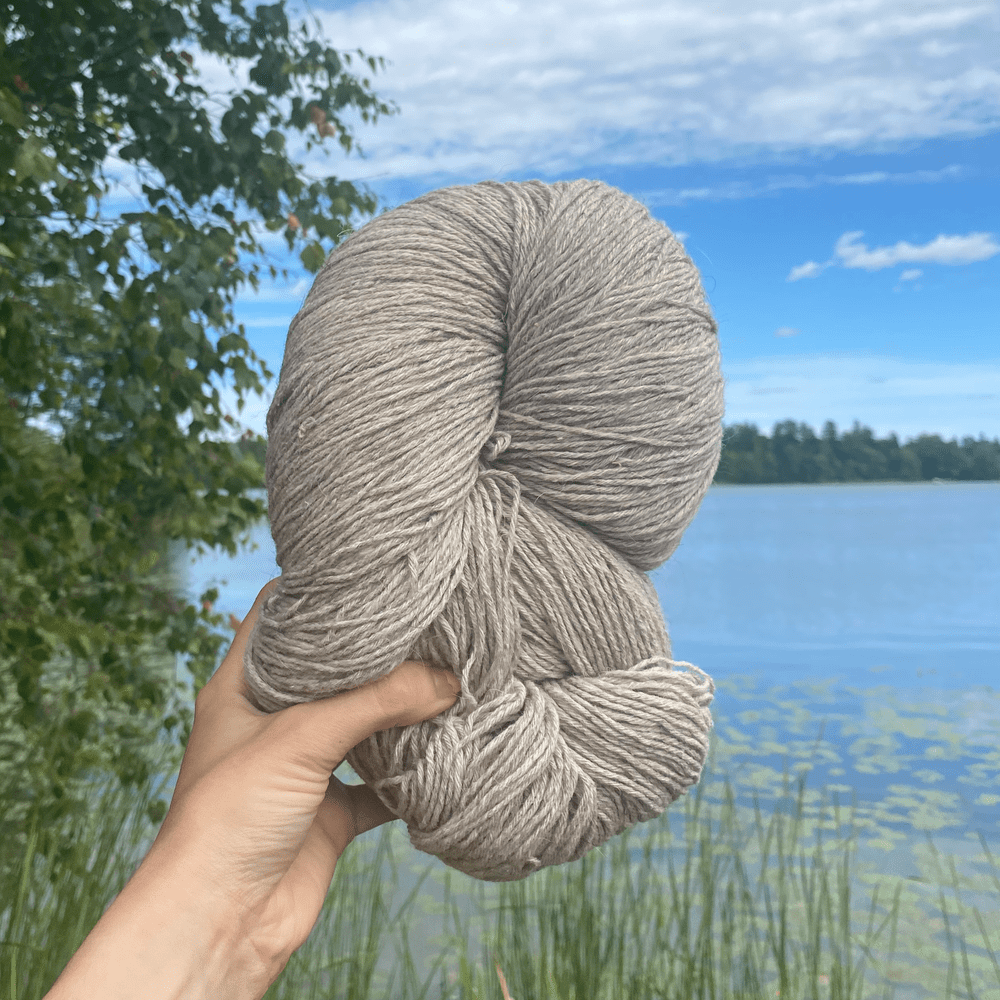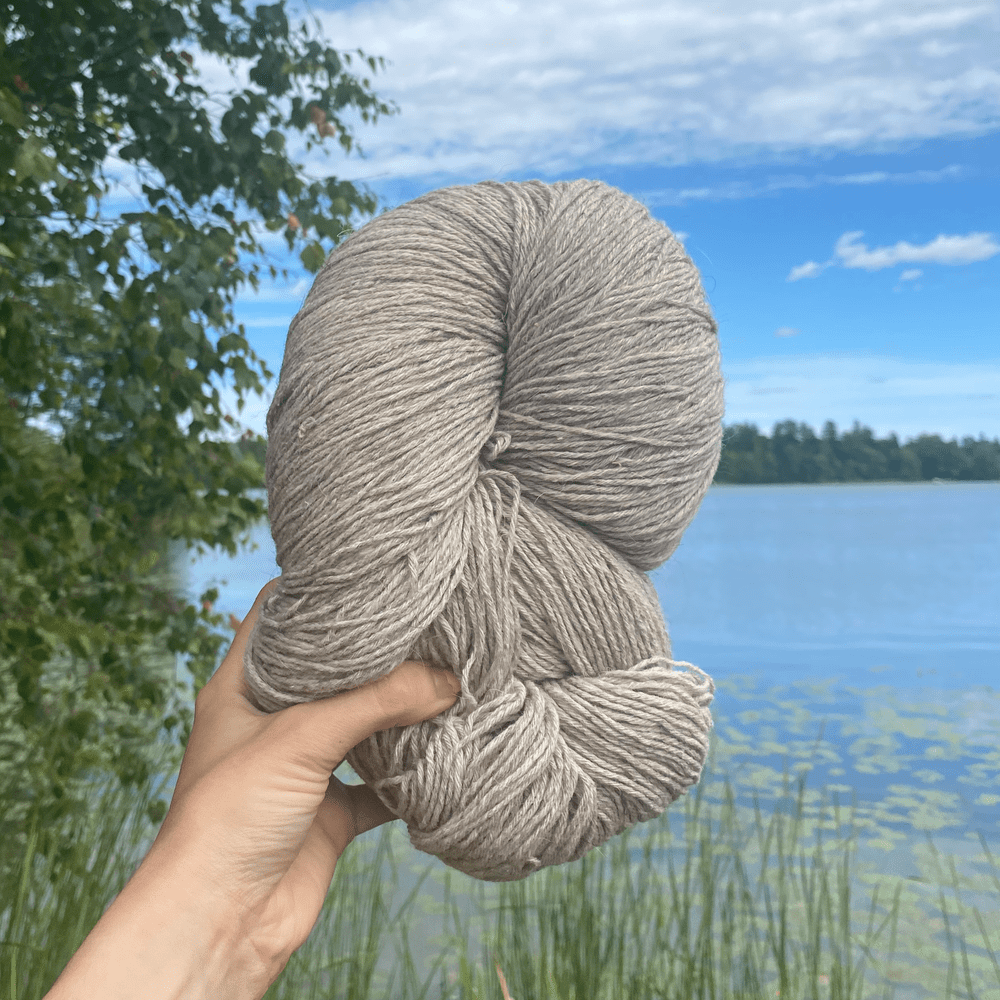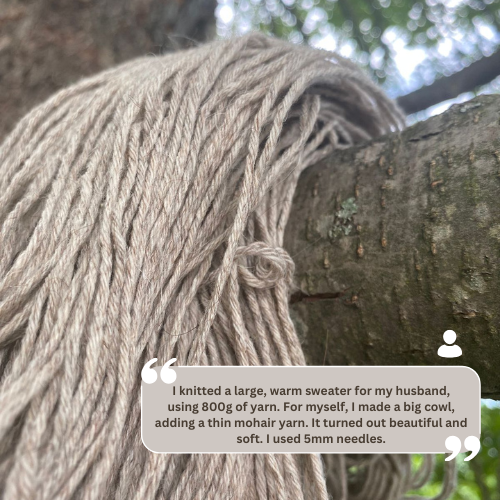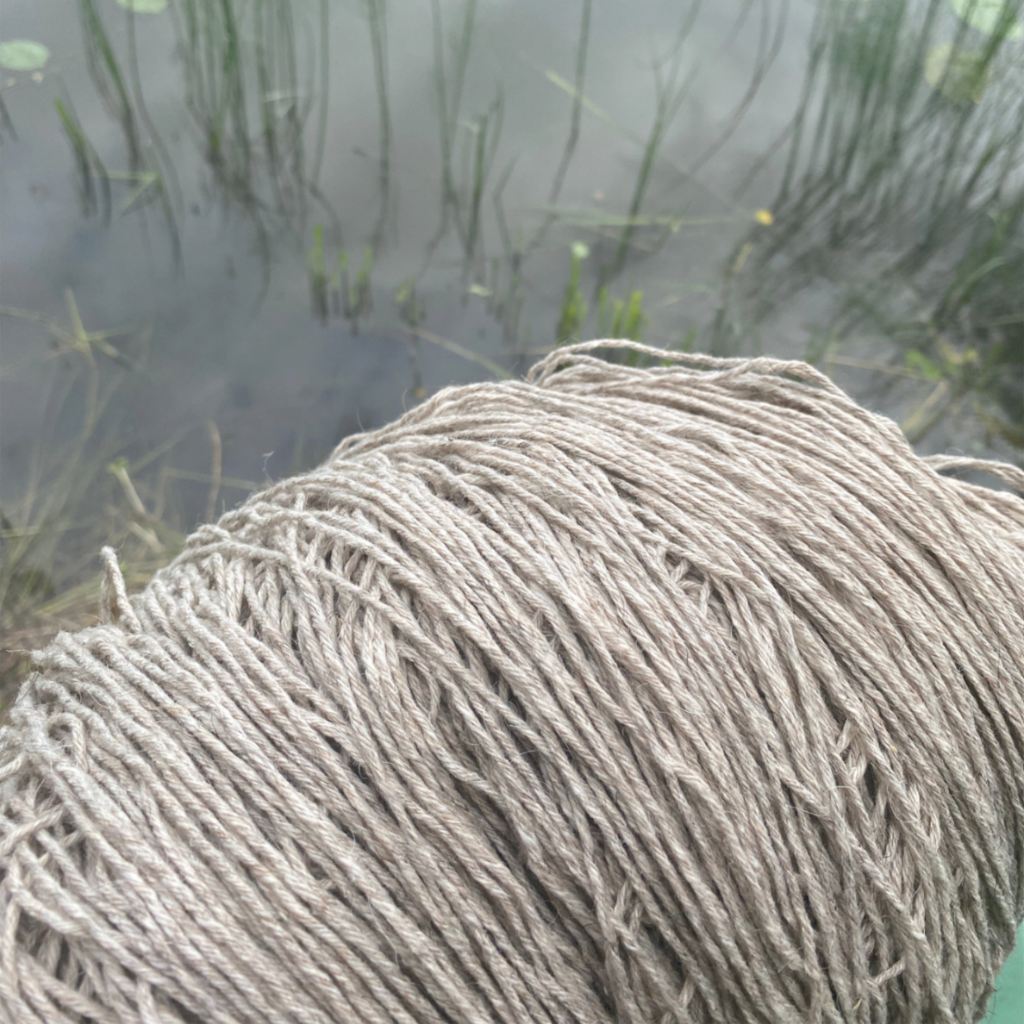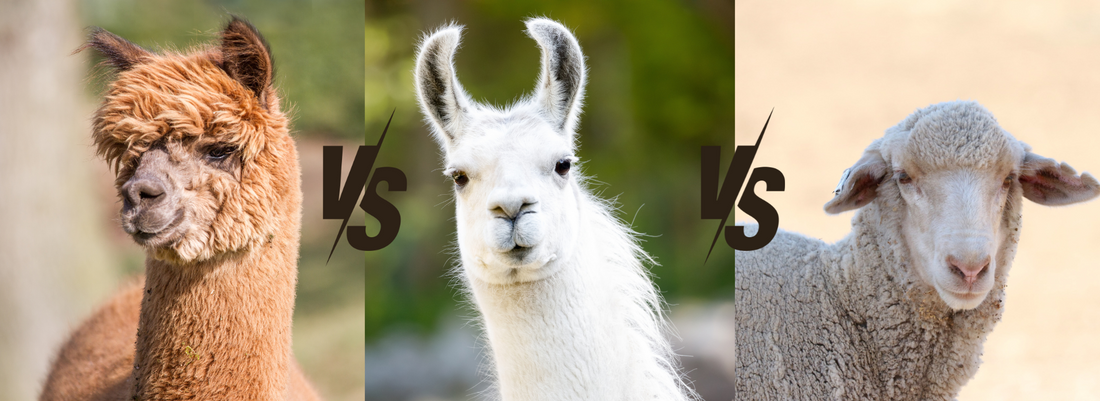
Alpaca vs. Llama vs. Merino Wool: A Comprehensive Comparison
When choosing yarn for your knitting or crochet projects, understanding the unique properties of different types of wool is crucial. In this blog post, we compare three popular options: alpaca, llama, and merino wool. Each type offers distinct qualities that can enhance your crafting experience, so let’s explore their characteristics in detail.
Softness:
-
Alpaca Wool: Alpaca wool is renowned for its remarkable softness. Its fine fibers create a smooth, luxurious texture that is perfect for garments worn close to the skin, such as sweaters and scarves.
-
Merino Wool: Merino wool is celebrated for its softness and elasticity. The fine, elastic fibers provide a gentle touch and retain their softness even after multiple washes. It is ideal for both everyday wear and sophisticated fashion pieces.
-
Llama Wool: Llama wool offers a unique softness that, while slightly coarser than alpaca, can be very comfortable. When blended with softer fibers, llama wool can achieve a softness comparable to alpaca wool, making it a versatile option for a variety of projects.
Warmth:
-
Alpaca Wool: Known for its excellent insulating properties, alpaca wool provides superior warmth, making it an excellent choice for cold-weather garments and accessories.
-
Llama Wool: Llama wool also provides significant warmth with its excellent thermal insulation. It is comparable to alpaca wool in terms of keeping you cozy during chilly conditions.
-
Merino Wool: Merino wool is effective at regulating body temperature, offering reliable warmth for both cooler and milder climates. It balances insulation with breathability, making it suitable for a range of temperatures.
Durability:
-
Llama Wool: Llama wool is highly durable, with strong and resilient fibers that are less prone to pilling. This makes it a reliable choice for items subjected to frequent use.
-
Merino Wool: Merino wool is durable but may be slightly more delicate compared to llama wool. It requires careful handling to avoid potential stretching or damage.
-
Alpaca Wool: While alpaca wool is durable, it may be more prone to pilling than llama wool. Proper care can help maintain its quality and extend its lifespan.
Care and Maintenance:
-
Llama Wool: To preserve the texture and durability of llama wool, gently hand wash it with mild detergent and lay it flat to dry.
-
Merino Wool: Merino wool should be hand washed with care to avoid stretching. Use a gentle detergent and lay flat to dry.
-
Alpaca Wool: Alpaca wool also benefits from gentle hand washing. Avoid wringing out the wool, and lay it flat to dry to maintain its softness.
Project Suitability:
-
Alpaca Wool: Best suited for luxurious, soft garments like shawls, scarves, and sweaters where its exceptional softness can be highlighted.
-
Merino Wool: Versatile and suitable for a variety of projects including everyday wear items like socks, hats, and sweaters. Its elasticity makes it a great choice for both functional and fashionable pieces.
-
Llama Wool: Ideal for projects that benefit from its unique texture and durability, such as accessories and outerwear. Blending llama wool with softer fibers can create versatile yarn for different crafting needs.
Conclusion:
Choosing the right yarn depends on your specific project needs and personal preferences. While alpaca wool offers unparalleled softness and warmth, llama wool provides durability and a unique texture that can be as soft as desired when blended with other fibers. Merino wool strikes a balance of softness, warmth, and versatility. By understanding these qualities, you can make an informed decision and select the perfect yarn for your crafting projects.







